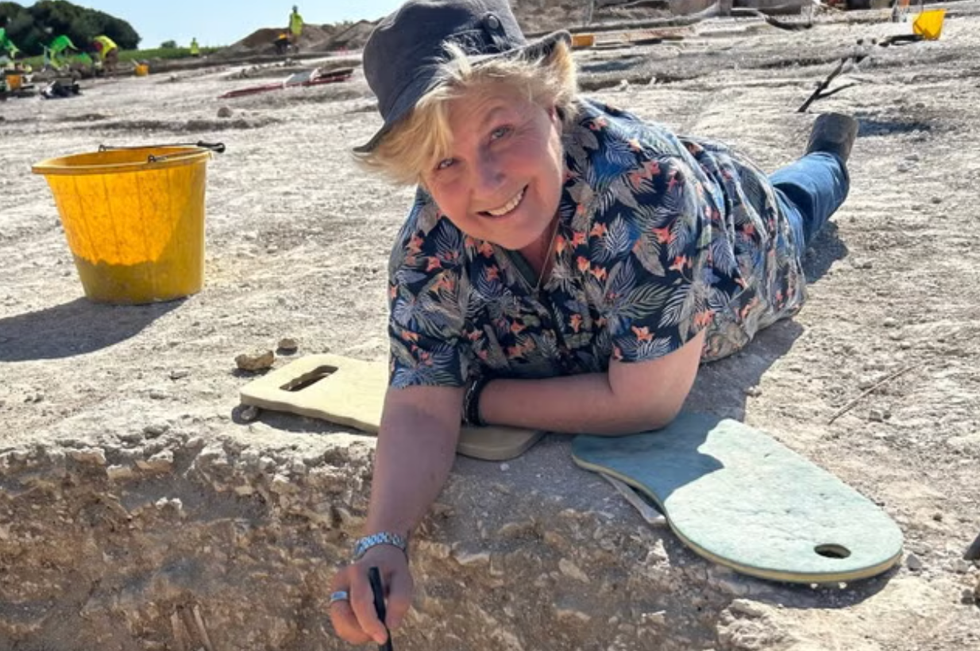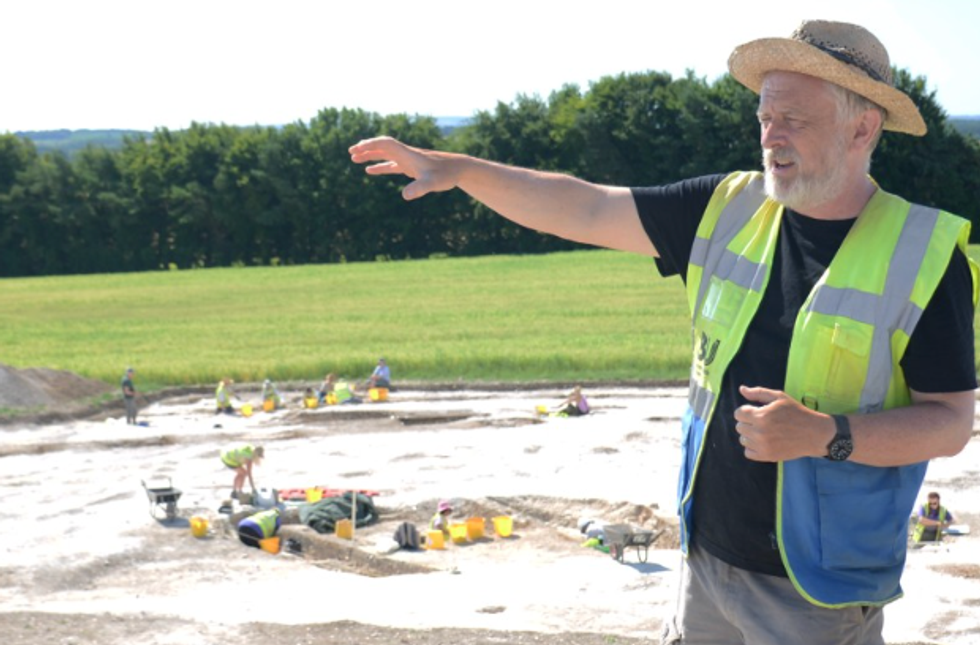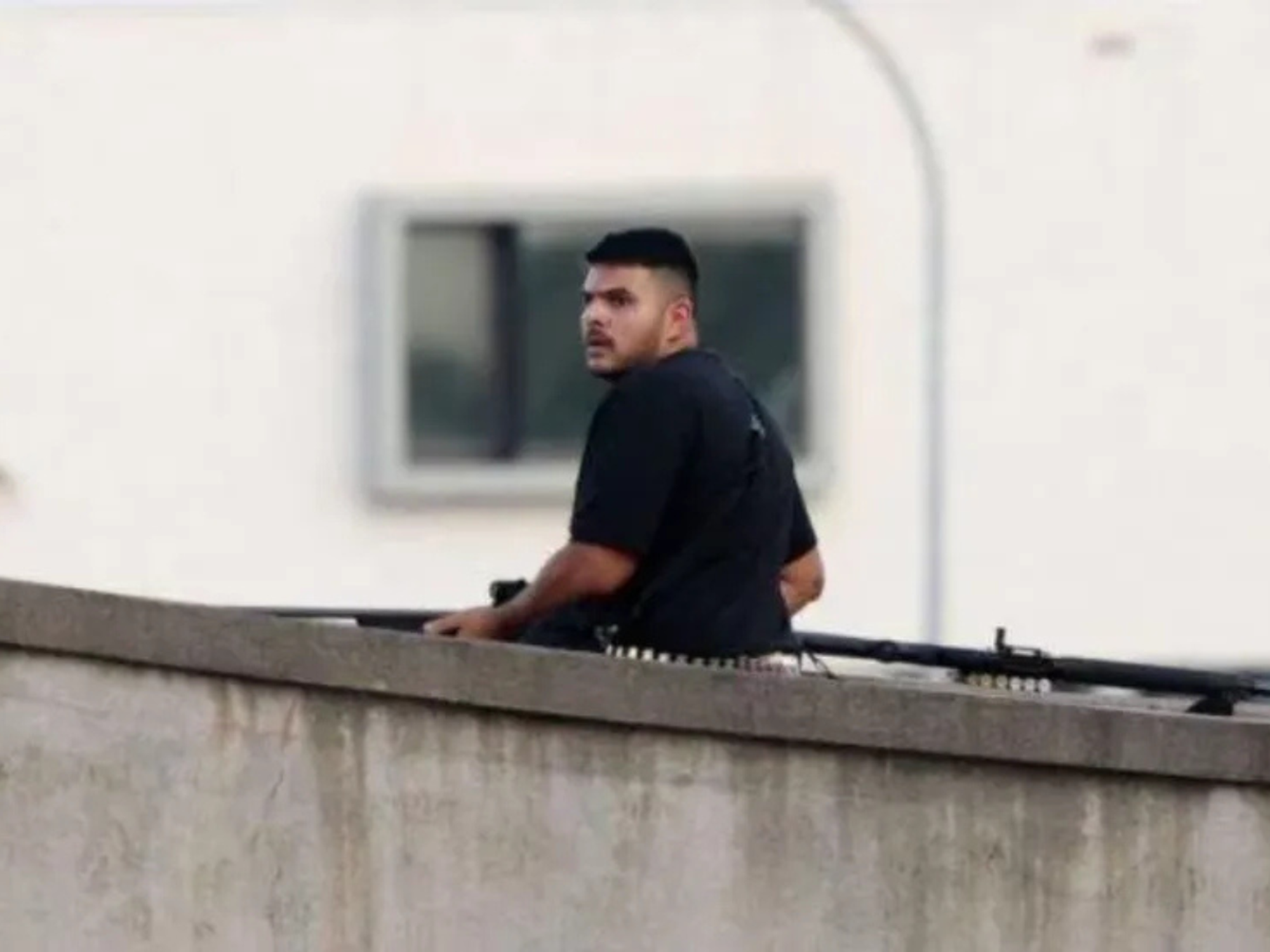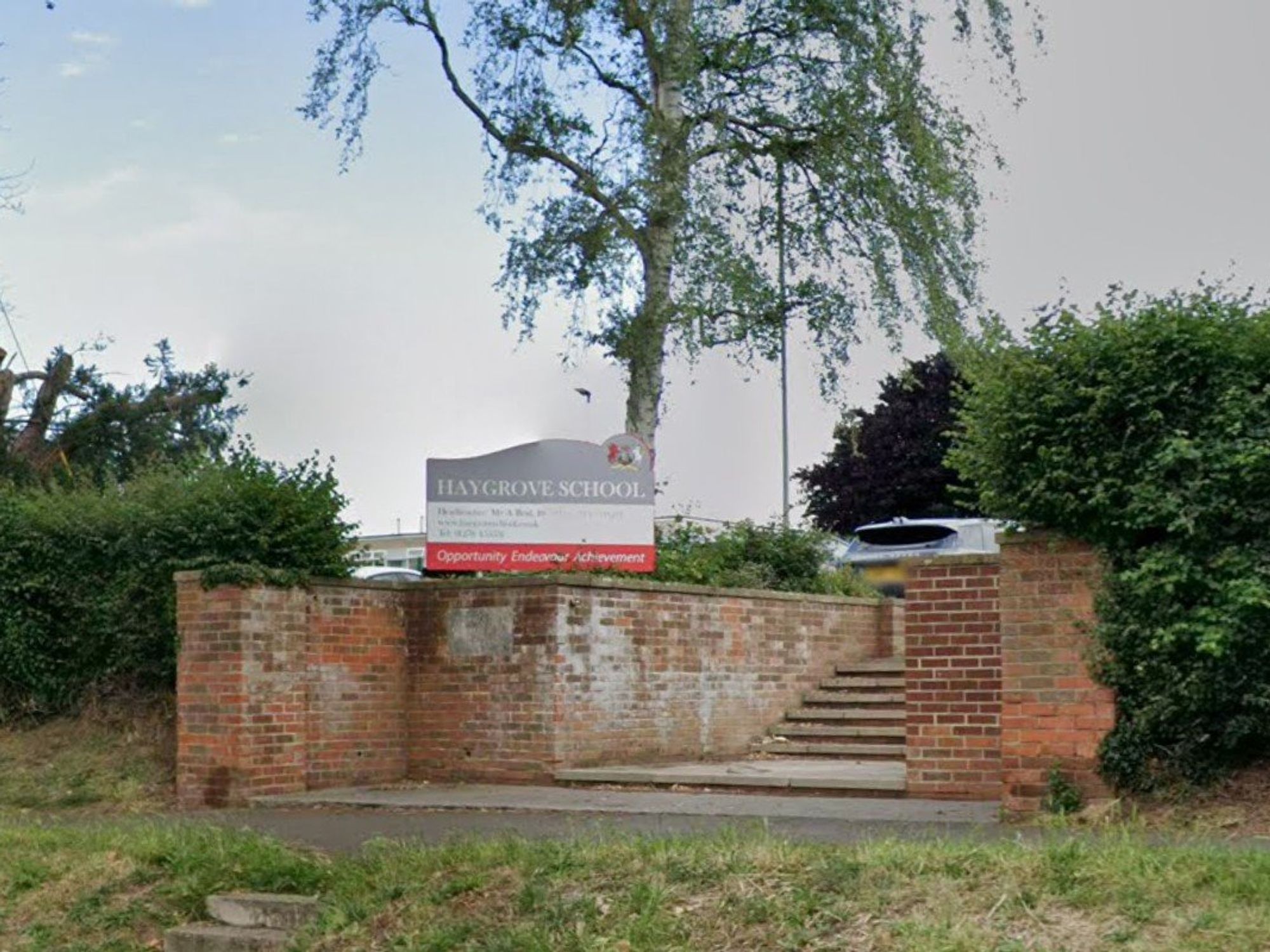Archaeologists 'shocked' after discovering 2,000-year-old 'murder mystery' while filming for TV show
Broadcaster Sandi Toksvig came across the hidden gem with Bournemouth University researchers
Don't Miss
Most Read
Latest
Archaeologists are "shocked" to have discovered a 2,000-year-old “murder mystery” while filming for a new TV show.
Sandi Toksvig was filming for the first episode of her TV show Hidden Wonders when she uncovered a teenage girl’s skeleton.
Bournemouth University researcher Mike Russell was filming with Ms Toksvig in Dorset when the pair discovered the skeleton face down in a pit.
The duo had discovered the domestic dwellings and the cemetery of the Durotriges, a tribe who lived in rural Dorset before the Romans.
TRENDING
Stories
Videos
Your Say
“I turned the face at last to the light, and it felt like the person was looking at me... At that moment, I unexpectedly burst into tears,” said Ms Toksvig after the discovery.
The presenter said: “I could not stop crying. To hold that person’s head in my hands was one of the greatest privileges of my life.”
Analysis of the remains found that the teenage girl had suffered damage to her arms and upper torso, possibly from violence before her death.
The injuries, combined with the fact that face-down burial was an uncommon practice, lead researchers to believe that the teen could have been a human sacrifice.

Sandi Toksvig came across the hidden gem while filming for her TV show
|BOURNEMOUTH UNIVERSITY
Dr Russell said: “The team were particularly shocked to hear that this could have been a human sacrifice, but it was obvious from Sandi’s own interest in archaeology that she was deeply moved by what had been uncovered.”
Ms Toksvig, herself an archaeology and anthropology graduate, said the remains were handled “very carefully” as they were returned to Bournemouth University.
Evidence and artefacts found on the site are being used to shed light on the tribe, their rituals, and the kinds of tools they used.
Dr Russell said: “The finds were often in a Roman style, demonstrating a blend between Roman and traditional Iron Age customs, helping us to build up a picture of how these people lived and died 2,000 years ago.”
LATEST DEVELOPMENTS

Ms Toksvig worked alongside Bournemouth University researchers
|BOURNEMOUTH UNIVERSITY
DNA samples from the burial sites hint that the Iron Age tribe was a matriarchal society.
In the tribe, women owned land, while men were from several locations around Britain and northwest Europe, researchers say.
Archaeologists could use DNA evidence to track the tribe’s lineage back to a single woman.
Researchers say that the Durotriges communities were centred around mothers of families, and men were invited to live with women.
“It marks the first time that evidence of matrilineal communities has been documented in western European prehistory,” Dr Russell said.
Hidden Wonders will be a four-part series where Toksvig meets both professional and amateur treasure hunters across the country.
The show is co-hosted by archaeologist Raksha Dave, who will work with experts at four different dig sites.
Ms Toksvig, after the show’s announcement earlier this year, said: “This is the dream job for a history and archaeology enthusiast like me.”











